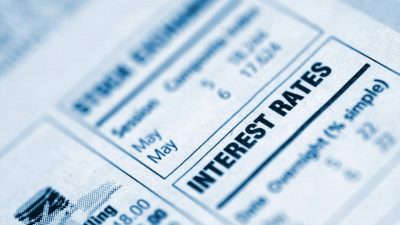At the beginning of April next year, buy-to-let investors will be hit by yet another significant tax change aimed at reining in the sector.
Property investors already have to deal with the gradual phasing out of tax relief on mortgage interest, which will be eliminated by April 2020. And now investors will have to face paying out more money to the taxman when they sell their properties.
Under a scheme called private residence relief, the growth in value of a second home is exempt from capital gains tax for the final 18 months of ownership.
From the beginning of April next year, this will be cut to nine months. On top of this, the government is bringing in changes to lettings relief whereby homeowners can claim up to £40,000 capital gains tax protection on a main residence that was rented out for a certain period.
More tax to pay
These tax changes mean that buy-to-let investors will face significantly higher tax bills when they come to sell their properties after April. Initial estimates suggest the average landlord will have to fork out an additional £20,000 in capital gains tax.
With this being the case, it looks to me as if time is running out for buy-to-let investors to exit the sector without incurring hefty tax charges.
In my opinion, it would be better to exit the sector now and take advantage of the capital gains tax loopholes before they disappear and the same goes with the mortgage interest tax relief.
Some studies suggest that as this relief is tapered, the majority of buy-to-let landlords will have to dig into their savings to cover the additional tax demands.
On the other hand, if you get out of buy-to-let now, you could stash up to £40,000 in a Stocks and Shares ISA over the next seven months.
Tax free
Putting your money and a Stocks and Shares ISA comes with two primary benefits.
For a start, any income earned inside the wrapper is tax free, and you can invest your money in companies around the world. You also don’t have to worry about managing the companies yourself.
According to my research, the average yield on buy-to-let properties around the UK sits around 3% to 4%. In comparison, the FTSE 100 index supports an average dividend yield of 4.5% at the time of writing. This yield is from a basket of companies across different sectors and industries.
Not only does the blue-chip index offer a much higher level of income than buy-to-let property, but over the past 10 years, the index has produced an average annual total return for investors of around 7%.
A better alternative
If you are happy to take on a bit more risk, then the FTSE 250 could be an even better alternative.
Over the past decade, this index has returned around 10% per annum to investors, including dividends. Unlike buy-to-let investing, all investors need to do to earn this return is sit back relax and watch the money roll in. There’s no need to manage tenants, complete extra tax forms (if the funds are held in an ISA) or fork out profits to maintain a property.
All things considered, I think a Stocks and Shares ISA is a much better buy than a rental property, and time is running out for landlords to make this switch.






